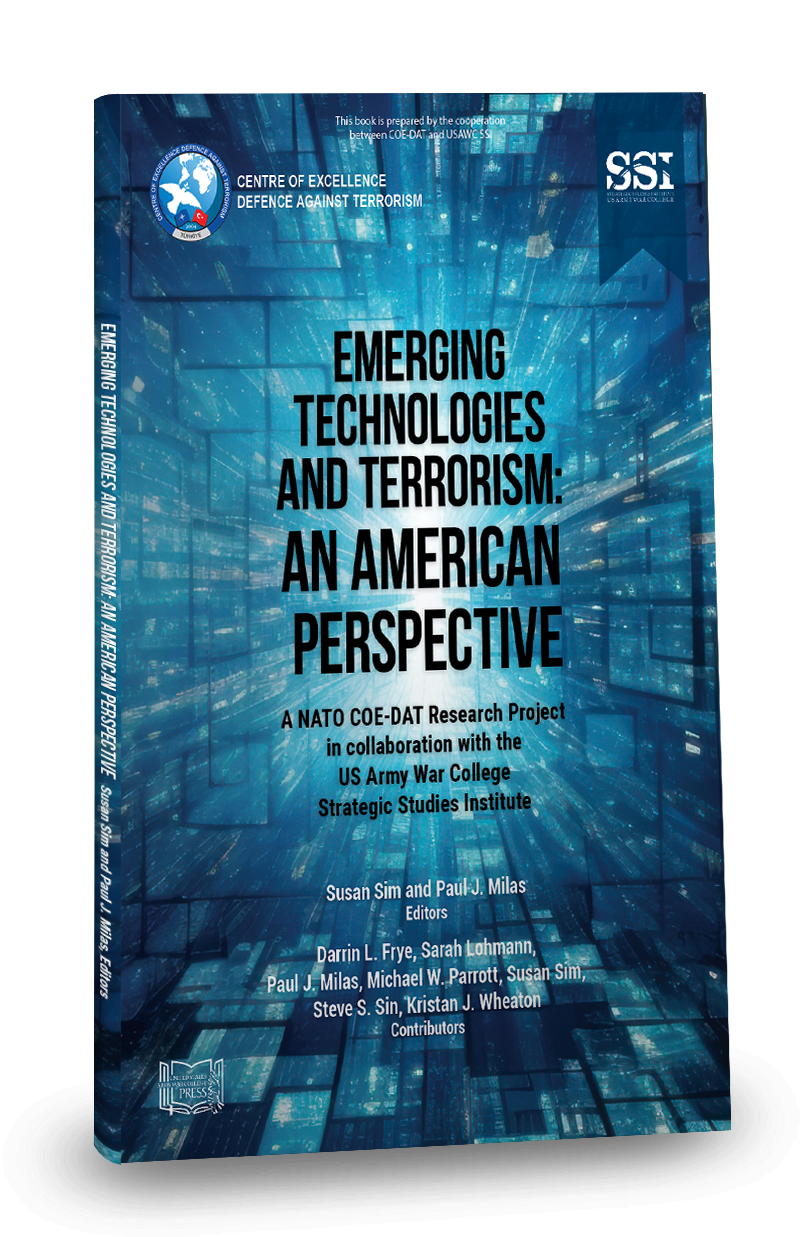 In a world where technology is rapidly advancing and available to the masses, companies and policymakers face a daunting reality—non-state actors are using innovation for sinister purposes. While artificial intelligence (AI) and autonomous systems promise enhanced threat detection, terrorist groups are exploiting these tools for recruitment and attacks. The future is concerning as AI becomes more widespread and autonomous systems and augmented reality redefine society.
In a world where technology is rapidly advancing and available to the masses, companies and policymakers face a daunting reality—non-state actors are using innovation for sinister purposes. While artificial intelligence (AI) and autonomous systems promise enhanced threat detection, terrorist groups are exploiting these tools for recruitment and attacks. The future is concerning as AI becomes more widespread and autonomous systems and augmented reality redefine society.
A groundbreaking report is born from a collaboration between NATO COE-DAT and the US Army War College Strategic Studies Institute. This book unveils a grim forecast that terrorists are poised to exploit advances in artificial intelligence, autonomous systems, augmented reality, biotechnology, and nanotechnology. The line between reality and fiction blurs in the age of rapid technological evolution, urging governments, industries, and academia to unite in crafting ethical frameworks and regulations. As geopolitical tides shift, NATO stresses national responsibility in combating terrorism and advocating for collective strength against the looming specter of technology-driven threats. However, questions linger. Can regulatory frameworks keep pace with technological innovation? Will industry prioritize ethical considerations over profit margins?
Editors
Susan Sim, Eric Hartunian, and Paul J. Milas
Contributors
Darrin L. Frye, Sarah Lohmann, Paul J. Milas, Michael W. Parrott, Susan Sim, Steve S. Sin, Kristan J. Wheaton